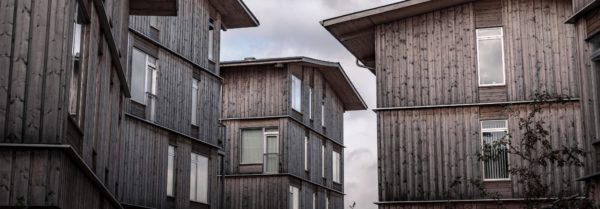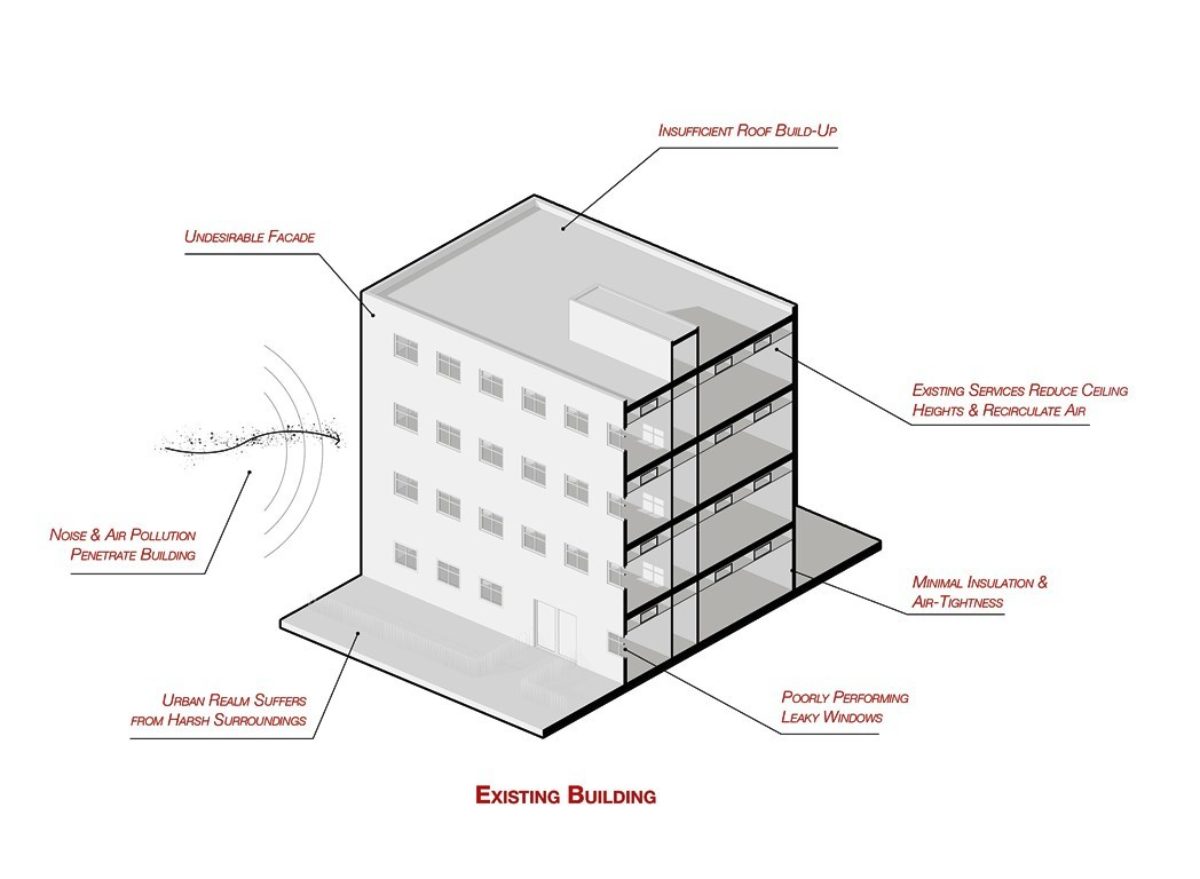What does this mean for us as urban architects dealing with ‘problem buildings,’ perhaps with outdated services, poor-quality external fabric and low ceilings, where demolition is often seen as the only viable commercial solution? In the design industry, we are beginning to see how passive building is making its mark on the retrofit market through the PHI’s EnerPHit standard, helping unloved buildings to show their potential.
EnerPHit, developed by the Passivhaus Institut, provides guidance for achieving strong passive performance while considering the additional technical challenges of dealing with existing buildings. Key criteria are determined through the external fabric’s performance, efficiency of appliances, and the ability to integrate MVHR.



